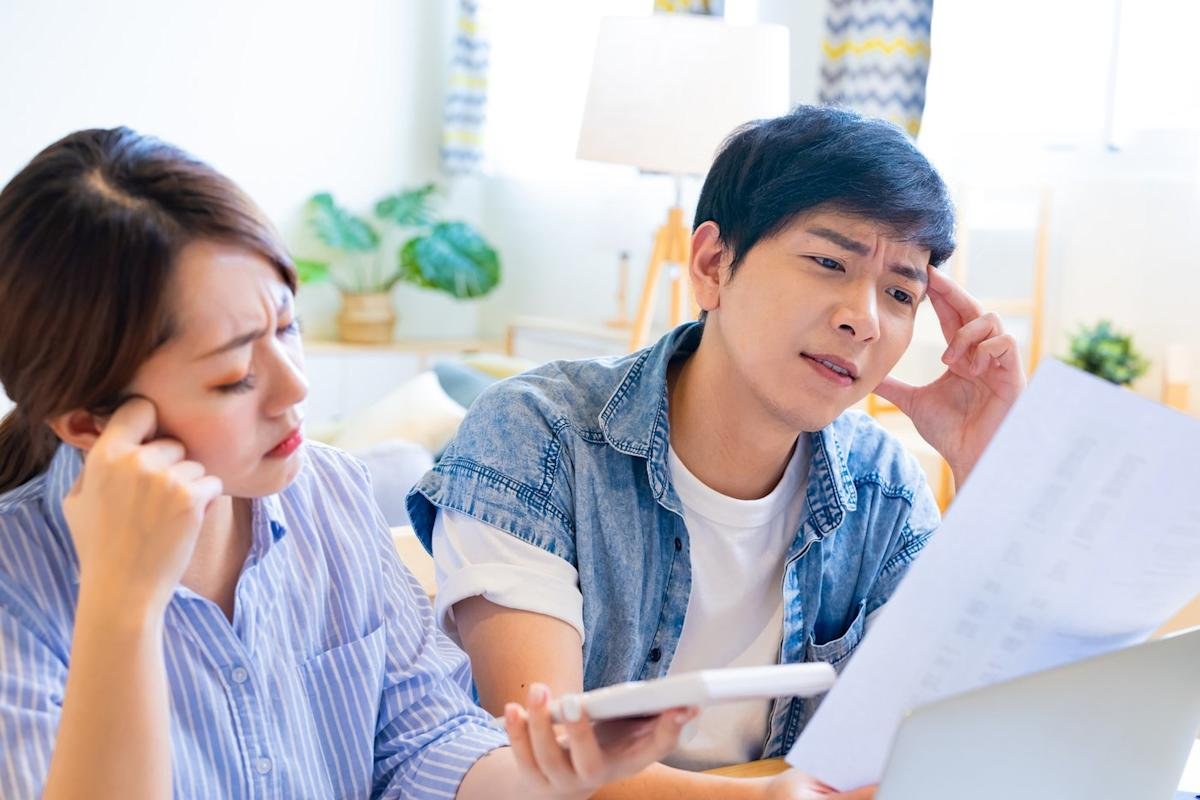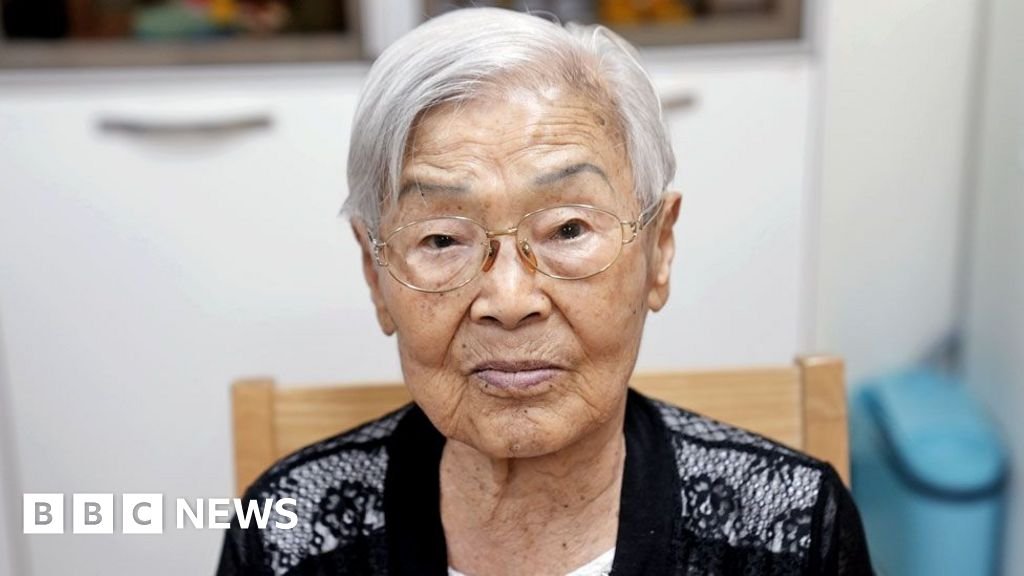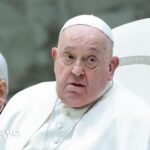BBC Korean is Hapcheon
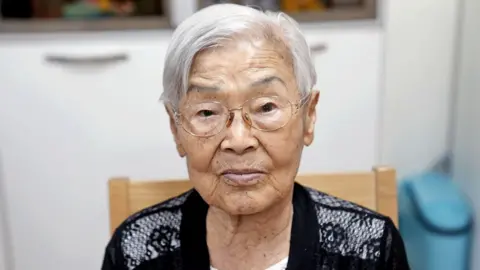 Bbc / hyojung kim
Bbc / hyojung kimOn August 6, 1945, as a nuclear bomb was like a stone on Hiroshima, Lee Jung on Hiroshima, Lee Jung.
Now 88-year-olds cry with your hands as trying to avoid remote memory.
“My father left for work, but he was suddenly returned and told us to immediately bring out the empty,” he remembers. “They say the streets were filled with the dead – but I remember my very shock.
The victims of the victims “sinks from afar and their eyes appeared”, Ms Lee says, as an explosion equal to 15,000 tons of 420,000 people. What is after the following were bodies known as well.
“Atomic bomb … It’s a terrible weapon.”
It is 80 years of the United States, a first nuclear boy, the first nuclear bomb exploded on the Hiroshima center, immediately killed some 70,000 people. More than ten thousand will die in the months ahead of radiation’s illness and dehydration.
Statement of Hiroshima and Nagasaki bombardment – which has been grown up to two global wars and the Japanese imperial government, all over the past eight decades.
Less recognized minority is that about 20% of the victims immediately.
The Korea was a Japanese colony for 35 years when the bomb was dropped. It is estimated that 140,000 Korean living in Hiroshima – Many people left there because of forced labor mobility there, or remain under colonial use.
Those who were saved from bombardments, along with their descendants, living under the long shadow – with dissatisfaction, pain, and decades long for justice that remains uncomfortable.
 Getty pictures
Getty pictures“No one is responsible,” says Shim Jin-Tae, an 83-year-old Survivor. “No country took the bomb. Japan that we don’t know. The Korea is better. They just spend the criminals – and we’re just let us go.”
Mr Shim is currently living in Hapoon, South Korea: a small county, which has become the house of salvers such as Him and Ms Lee, “Hiroshima Korea” dubbed “Korea Hiroshima”.
For MS Lee, the shock did not fade her day – he’s knocked himself as illness. He is no longer living with the disease of the skin, Parkinson’s disease, a condition, a condition of poor blood flowing to his heart, which is generally as a painful pain.
But what is heavier is heavier is that the pain did not leave her. Her son Ho-Chang, who supports her, was detected by kidney failure and talk when waiting for transportation.
“I believe he’s because of the exposure of tire, but who can prove it?” Ho-Chang Lee says. “It’s hard to verify the scientific – you need genetic testing, which is upward and expensive.
Ministry of Health and Citizenship
Korean number
Since 140,000 in Hiroshima were many of Hapleon during the bombing.
Surrounded by mountains with small farmers, it was a difficult place to live. The stones shall be seized by Japanese occupants, and thousands of people went out of the village country for Japan. Some have been forcibly agreed; Others with the promise of “you could have eaten three meals and send their children to school.”
But in Japan, Koreans were second-class citizens – usually the hardest and most dangerous jobs were given. Mr Shim says his father worked as a forced workman in a municipal factory, when his mother spoke to the financial chambers of the woods.
In the back of the bomb, this distribution of labor is translated into dangerous and usually fatal work for Korea in Hiroshima.
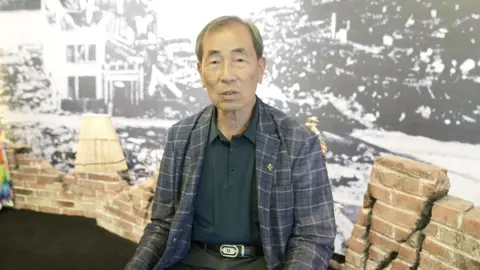 Bbc / hyojung kim
Bbc / hyojung kim“Korean workers were forced to kill,” Mr. Shim, who is the Hapeon Branch manager who is the association of Korean Korean victims. “Initially they had used the bags, but there were many body. As a result, they used to collect the guards meeting and burned them.”
“It was very mostly Korean to do this. Most of the work cleaning after war and the muhan was done by us.”
According to a study by the Country Country Gyeonggi Foundation, some survivors were forced to clean their bodies and bodies. When Japanese evacuation escapes his relatives, Koreans remains in the city without local relatives in the city, and depends on the border of medical care.
The combination of these conditions – bad treatment, work and structure and structural difference – all a contribution to the status discovery status in Korean.
According to Korean bombing, the Korean Fatality Rate 57.1% was about 33.7% according to the general rate of about 33.7.
About 70,000 Korean were announced from the bomb. By the end of the year, some 40,000 died.
Out at home
After the bombing, which had previously rescuing Japan and Korea’s liberating Korea, have returned about 23,000 Korean salaries. But they were not receiving. As soon as it is made or invented, they were also prejudiced in their country.
“Hapcheon had a military colonie,” describe Mr. Shim. “Because because of that photo, people think that bombers had bombed diseases.”
Thus the survivorous riders remain silent on their pain, suggests, suggests that “recovery before pride”.
Ms Lee says she saw this “with your eyes”.
“People who were burned or very poor were treated fearfully,” he remembers. “In our village, some people have their backs and faces were bad to appear only. They were rejected and embarrassed from marriage.”
Came with poverty and challenging stem. After no reason to disease, the skin diseases, the conditions of the heart, the wildness of the kidney, cancer. The signs were everywhere – but no one can explain them.
With time, the attention of the second and third generations.
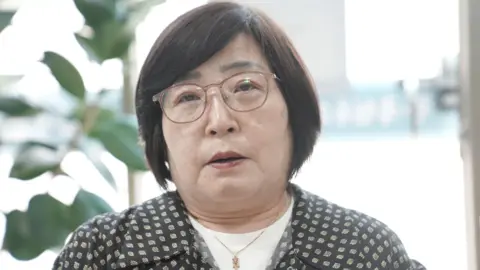 Bbc / hyojung kim
Bbc / hyojung kimHan Jeong-Sun, Second Generation Survivor, hurts in his lungs, and can’t walk without drawing yourself. Her first son was born with cerebral palsy.
“My son has never left a single step in his life,” he says. “And my lawns treated tears for me. They said, ‘You crucified a child and you are locked up – you are here to bad family?’
“Then the hell was perfect.”
For decades, nor the Korean government was interested in my victims, as a war with northern and economic struggles were treated as higher priorities.
It was not until 2019 – more than 70 years after the bombing – to release his first word Mohw. That study was mainly about the questionnaires.
In response to BBC inquiries, the ministry said before 2019, “there is no legal foundation for financing funds or official investigations.
But two different studies found that the victims of the second generation were more dangerous than illness. One, since 2005, showed that the victims of the second population was more than the public population, when their ill-registration rate was approximately the national average.
Against this backup, MS is dissatisfied with the authorities who ask for evidence to identify her and son as Hiroshima’s victims.
“My illness is proof. My son’s secret is evidence. This pain passes, and it seems,” he says. “But they won’t recognize it. So what do we do to do – just die without accepting?”
Peace be apologized
Only last month, on July 12, where HaLoshima officials visited Hapcheon for the first time when Maybe Gulan plays to memories. When PM Hatoyama Yukio Yukio and other special individuals were advanced, this was a formal visit by Japanese officials.
“Now talking about peace in 2025
He shows the visit authorities to describe Japan in front of and during the World War I have to apologize and apologize for Korean people.
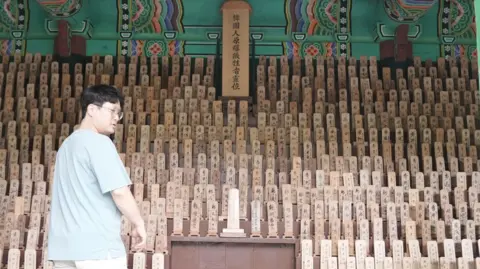 Bbc / hyojung kim
Bbc / hyojung kimAlthough the previous Japanese leaders have pardoned and offered their reactions, many South Korea these feelings are as official or not enough.
Ms Ichiba signs that Japanese books are still in history of Korea – and also the domestic victims – say that “this unclear is only deepening the wrongdoing.”
This is about what a lot of view is a broad defective deficiency of Japan.
Heo Jeong-gu, the director of Red Cross, said: “These problems must still be able to collect evidence and witnesses before the second and third generations.”
For healthy things like Mr. Shim is not only on compensation – it’s on admission.
“Memory Memory is more important than compensation,” he says. “Our bodies remind us that we went on the way … If we forget, it will happen again. A Somemek will never say.”
